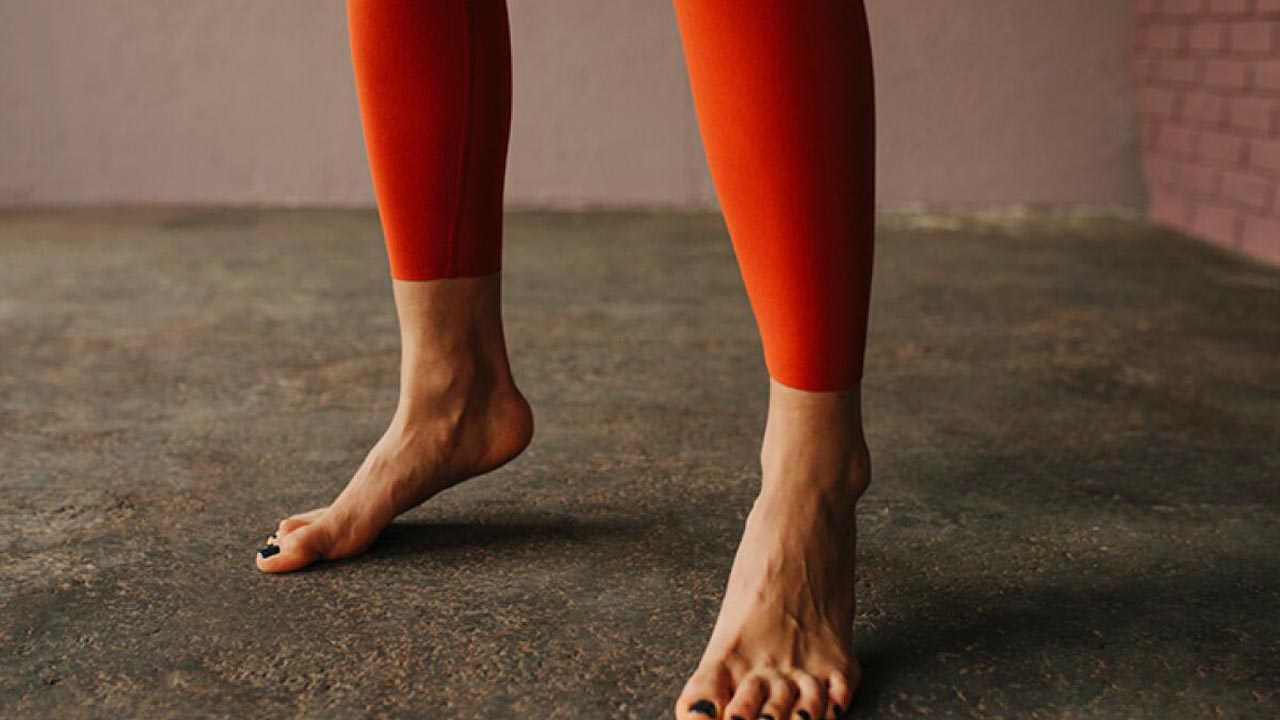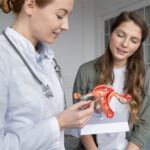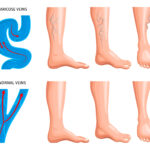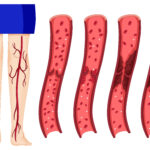One of the human body’s most important yet underrated systems is its circulatory system. Circulation is the term used to describe the effective and efficient flow of blood through your body, including the legs, and the pumping of the heart does this. However, sometimes, the blood flow can be slower than normal, affecting your health. Several factors can cause poor circulation but what is important is to be aware of how to check your leg circulation at home in such a case.
Ways to check leg circulation:
1. Check your toenails: Your toenails should normally be pink, but if they are pale or bluish, it may be due to poor leg circulation.
2. Check the temperature: Your legs should be warm to touch normally, but if you feel them cold or cool, the blood circulation is not normal in your legs.
3. Check for any swelling: If your legs are swollen, it may indicate an imbalance in your leg circulation.
4. Numbness: If you feel numbness or tingling in your leg, that may be because of slowed-down blood flow into your leg.
5. Check capillary refill: With your fingers, squeeze the tip of your toe and push it down on the nail. When the pressure is applied, the area will become white or look lighter. Then release the pressure to see if it takes longer than 3 seconds to turn pink or not. If it takes longer, then the circulation is not good.
6. Check for movement: Move your legs and fingers, you should be able to move them freely without any discomfort, but if you experience being unable to move your toes, it’s a bad sign.
7. Pain: Mild pain in your legs may be normal, but if your legs hurt severely, your leg circulation may not function properly.
However, it may depend on a person’s age to detect circulation by these methods because a child may be unable to identify numbness and such sensations.
What can be done immediately in case of bad circulation?
You may use blankets, firm pillows, or cushions to place the leg on for any such issues. The toes should be higher than the nose level to improve leg circulation immediately. Check the circulation again after an hour. If you see swelling, you should use an ice pack on the swollen areas, ensuring that the ice pack does not leak.
However, if your leg circulation does not improve in an hour or two after the leg is raised, you should contact a vascular doctor for further treatment and diagnosis.




